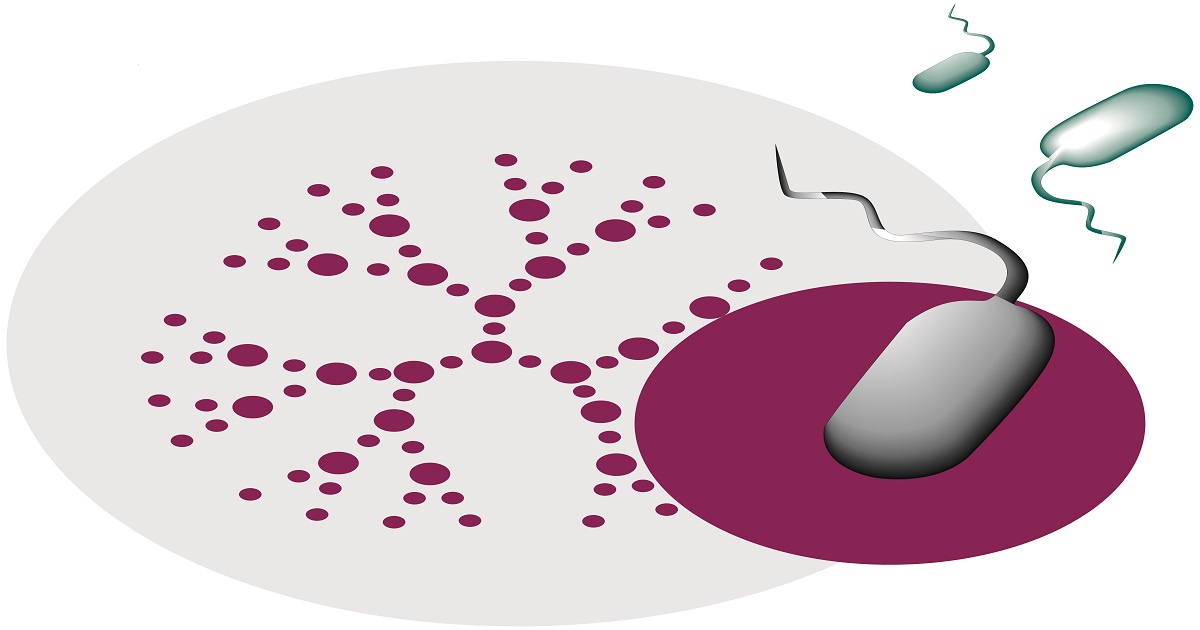Topic Editors


Antimicrobial Agents and Nanomaterials—2nd Edition

Topic Information
Dear Colleagues,
Antimicrobial resistance (AMR) has come to represent a major problem that has been demonstrated across healthcare settings worldwide. AMR is caused by multidrug-resistant (MDR) microorganisms, or “superbugs”, which can evade many of the antibiotics used in clinical practice. Today, MDR microorganisms constitute a great clinical and economic burden. In fact, the current methods of clinical treatment have started to rely on more aggressive antibiotic therapy, leading to a decrease in the life quality of the infected patients and an increase in the associated therapeutic costs. Due to the failure of conventional antibiotics, we are now entering a new era of clinical treatment based on compounds. This is reflected, for example, in the development of antibacterial nanomaterials or nanoantibiotics. This Topic aims to identify the novel strategies that may be used to overcome AMR, with a particular focus on the development of medical nanomaterials. Topics of interest include, but are not limited to, the following:
- Antimicrobial polymers;
- Antimicrobial peptides and peptidomimetics;
- Synergic effects of antimicrobial agents;
- Antimicrobial coatings;
- Inhibitors of virulence factors;
- Drug nanodelivery systems.
We welcome the contributions of authors working in this critical field of research.
Prof. Dr. Vasco D. B. Bonifácio
Dr. Sandra Pinto
Topic Editors
Keywords
- multidrug-resistant bacteria (MDR)
- resistance mechanisms
- antibiotics
- novel antimicrobial agents
- drug susceptibility
Participating Journals
| Journal Name | Impact Factor | CiteScore | Launched Year | First Decision (median) | APC | |
|---|---|---|---|---|---|---|

Biomolecules
|
4.8 | 9.2 | 2011 | 17.9 Days | CHF 2700 | Submit |

International Journal of Molecular Sciences
|
4.9 | 9.0 | 2000 | 17.8 Days | CHF 2900 | Submit |

Micro
|
1.9 | 3.2 | 2021 | 23.2 Days | CHF 1200 | Submit |

Molecules
|
4.6 | 8.6 | 1996 | 15.1 Days | CHF 2700 | Submit |

Antibiotics
|
4.6 | 8.7 | 2012 | 16.4 Days | CHF 2900 | Submit |

Nanomaterials
|
4.3 | 9.2 | 2010 | 14 Days | CHF 2400 | Submit |

Microorganisms
|
4.2 | 7.7 | 2013 | 20 Days | CHF 2700 | Submit |

Journal of Functional Biomaterials
|
5.2 | 6.8 | 2010 | 16.8 Days | CHF 2700 | Submit |

Preprints.org is a multidisciplinary platform offering a preprint service designed to facilitate the early sharing of your research. It supports and empowers your research journey from the very beginning.
MDPI Topics is collaborating with Preprints.org and has established a direct connection between MDPI journals and the platform. Authors are encouraged to take advantage of this opportunity by posting their preprints at Preprints.org prior to publication:
- Share your research immediately: disseminate your ideas prior to publication and establish priority for your work.
- Safeguard your intellectual contribution: Protect your ideas with a time-stamped preprint that serves as proof of your research timeline.
- Boost visibility and impact: Increase the reach and influence of your research by making it accessible to a global audience.
- Gain early feedback: Receive valuable input and insights from peers before submitting to a journal.
- Ensure broad indexing: Web of Science (Preprint Citation Index), Google Scholar, Crossref, SHARE, PrePubMed, Scilit and Europe PMC.
Related Topic
- Antimicrobial Agents and Nanomaterials (35 articles)

